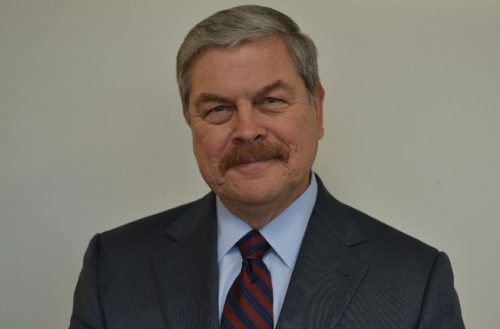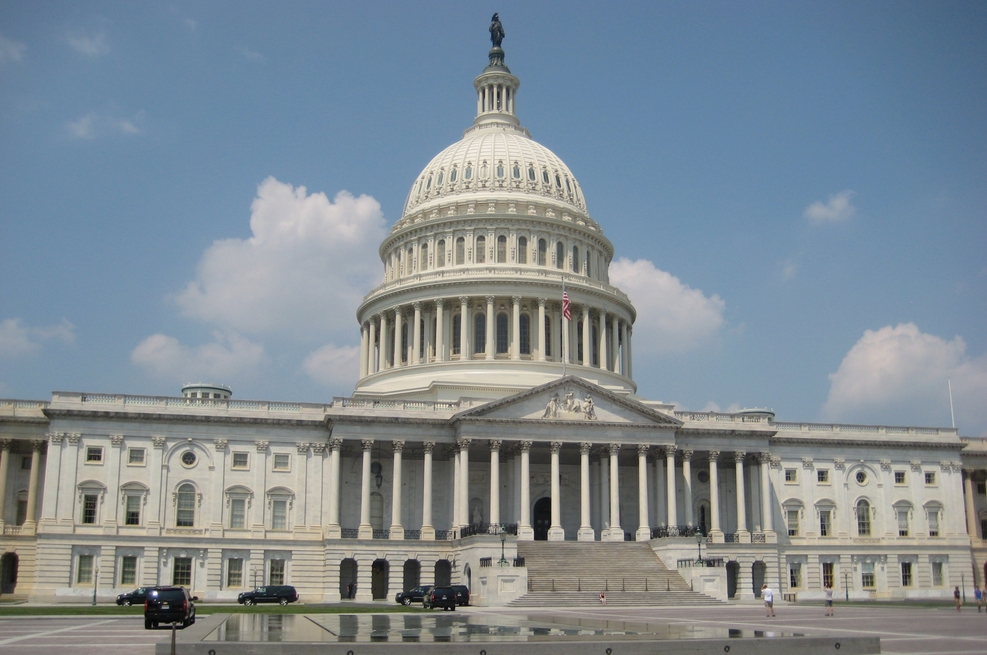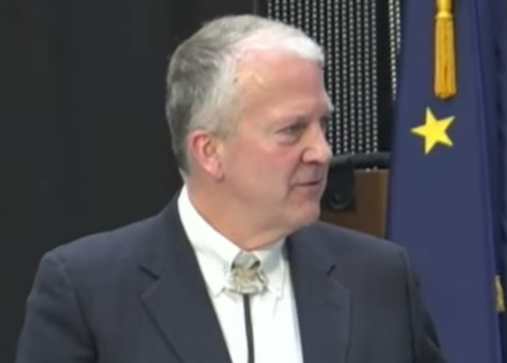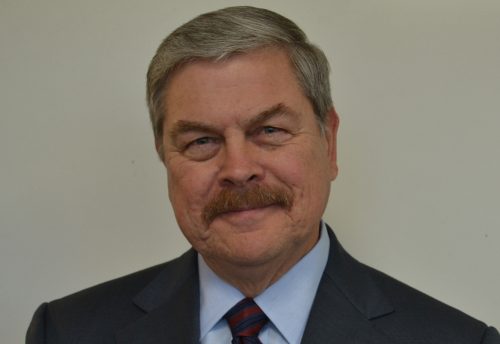 October 30, 2017 JUNEAU — Governor Bill Walker today announced the release of the State’s Public Safety Action Plan. In August, Governor Walker tasked Attorney General Jahna Lindemuth to work with Commissioners Walt Monegan, Valerie Davidson, and Dean Williams to identify concrete action items that the State can take to help reverse the crime trend that began in 2011 and make Alaskans feel safer in their communities. The departments also reached out to their local, tribal, and federal law enforcement partners for input. The culmination is the Public Safety Action Plan, which provides short-term and long-term steps to improve public safety.
October 30, 2017 JUNEAU — Governor Bill Walker today announced the release of the State’s Public Safety Action Plan. In August, Governor Walker tasked Attorney General Jahna Lindemuth to work with Commissioners Walt Monegan, Valerie Davidson, and Dean Williams to identify concrete action items that the State can take to help reverse the crime trend that began in 2011 and make Alaskans feel safer in their communities. The departments also reached out to their local, tribal, and federal law enforcement partners for input. The culmination is the Public Safety Action Plan, which provides short-term and long-term steps to improve public safety.
“Public safety is a priority for me,” said Governor Walker. “Alaskans don’t feel safe right now, and that needs to change. I asked the public safety agencies to work with our law enforcement partners to put together a plan to help reverse the rise in crime; they came back with nearly 60 ideas to help continue building a Safer Alaska.”
While public safety is a complex and evolving challenge, the Public Safety Action Plan focuses efforts in four main areas: fairness and efficiency in the criminal justice system, addressing the resource needs of Alaska’s public safety agencies, improving the system for addressing mental health and substance abuse issues, and addressing the immediate challenges of the opioid epidemic and drug trafficking. The goal of the plan is to address what appear to be the main causes of the uptick in crime, including stemming the tide of the importation of drugs into our state, adding resources to the criminal justice system to keep up with the rise in crime, and provide timely treatment to those with substance abuse and mental health issues.[xyz-ihs snippet=”adsense-body-ad”]“Public safety is a multi-faceted problem that needs a multi-faceted approach,” said Attorney General Lindemuth. “Legislative changes and additional resources are important, but we also need to leverage our law enforcement partnerships to really make a difference. That’s why it was important to reach out while we were still drafting the plan to get input from our federal, local, and tribal partners.”
While the plan identifies some statutory changes and the need for additional resources, it also focuses on better leveraging and improving existing law enforcement partnerships both internally and externally.
The plan includes, for example, the recent U.S. Department of Justice’s statewide Anti-Violent Crime Strategy. This will result in better coordination and use of law enforcement resources between the State, federal agencies, and Anchorage in particular. The plan also includes actions focused on improving communication with rural tribal law enforcement partners and empowering rural communities to address public safety issues within their communities. This would involve strengthening the VPSO program, entering into agreements with more Tribes to divert low level offenses to tribal courts, and developing a communication plan to improve coordination among state and local authorities.
For more information on the plan, see the attached one-page summary or click here to review the full plan.








